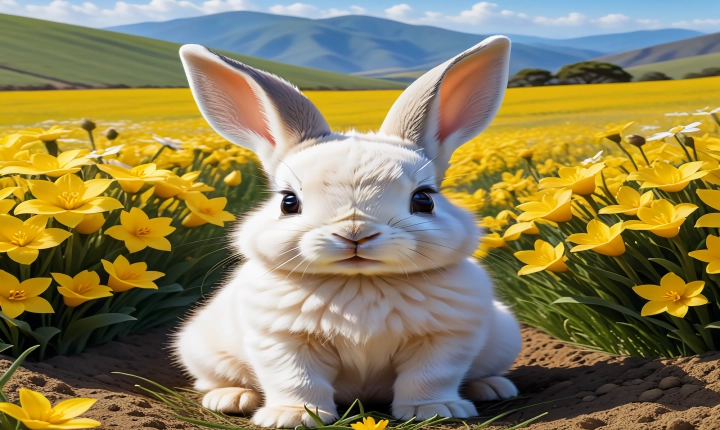Title: How to Create AI-Generated Manga
Manga, the Japanese style of comic books and graphic novels, has been captivating readers around the world for decades. Now, with the advancements in artificial intelligence (AI), creators have a new tool to help bring their manga visions to life. AI-generated manga offers an exciting opportunity to leverage technology to streamline the artistic process and unleash creativity. In this article, we will explore the steps to create AI-generated manga and the potential impact of this innovative approach to storytelling.
Step 1: Idea Generation
Every compelling manga starts with a captivating story idea. Whether it’s a sci-fi adventure, a romantic comedy, or a fantasy epic, the first step is to conceptualize the plot, characters, and world of your manga. AI can assist in generating story prompts and even plot points based on existing stories or themes. Tools like GPT-3, an AI language model, can provide suggestions and ideas to kickstart the creative process.
Step 2: Character Design
Once you have the story concept in place, it’s time to create the characters that will populate your manga. AI can aid in character design by generating a range of visual concepts based on your descriptions. Style transfer algorithms can adapt existing art styles to your characters, providing an array of options to customize and fine-tune the appearance of your manga cast.
Step 3: Panel Layout and Composition
The panel layout and composition play a crucial role in the visual storytelling of manga. AI algorithms can help streamline this process by automatically arranging panels and suggesting compositions based on the narrative beats and emotional impact of each scene. This not only saves time but also offers new perspectives and possibilities for storytelling through dynamic panel arrangement.
Step 4: Artistic Rendering
The artistic rendering of the manga, including line art, shading, and coloring, can be labor-intensive. AI-powered tools can assist in automating these tasks, allowing creators to focus on the creative aspects of their work. Generative Adversarial Networks (GANs) can help in generating realistic and detailed artwork, providing a blend of human-like creativity and machine precision.
Step 5: Dialogue and Text Generation
Writing engaging dialogue and narrative text is crucial for bringing the manga to life. AI language models can aid in generating natural-sounding dialogue and descriptive texts, ensuring that the characters’ interactions and the overall storytelling remain compelling and immersive.
Step 6: Editing and Refinement
After the initial AI-generated artwork and text are in place, the creator can apply their artistic sensibilities to refine and edit the manga. This stage allows for human input to ensure that the final product reflects the creator’s vision while benefiting from the efficiency and inspiration offered by AI-generated assets.
Potential Impact of AI-Generated Manga
The integration of AI in manga creation has the potential to revolutionize the industry. By streamlining the production process, creators can focus more on storytelling, world-building, and character development. This can lead to a proliferation of diverse and innovative manga content, as the barriers to entry in terms of artistic skill and resources are lowered. Additionally, AI-generated manga could open doors for collaboration between AI and human creators, leading to truly unique and groundbreaking storytelling experiences.
In conclusion, the use of AI in creating manga presents an exciting frontier for storytellers and artists. By leveraging AI for idea generation, character design, panel layout, artistic rendering, dialogue generation, and refinement, creators can streamline the manga production process while enhancing the quality and diversity of storytelling. As AI technology continues to evolve, the possibilities for AI-generated manga are boundless, offering a new era of creativity and innovation in the world of visual storytelling.
